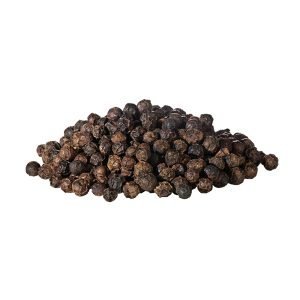Lime Materia Medica
$5.00
In Spiritual PhytoEssencing, the leaf is considered to be the part of the plant most closely identified with the emotive powers or the emotional sphere of being. Therefore, this close resemblance between the leaves of lime and bitter orange (Citrus aurantium var. amara) suggests that there is a degree of commonality between the emotional profiles of the lime and bitter orange individuals.
Lime has traditionally been used to treat a wide variety number of symptoms. The fruit, juice, leaves and other parts of the Key lime exert various therapeutic actions, with each part making contributions to the following list: antiscorbutic (prevents scurvy), antiseptic, astringent, digestive stimulant, disinfectant (especially when applied as a poultice for skin ulcers), diuretic (especially useful regarding liver ailments) expectorant, febrifuge, hemostatic, insecticide, restorative and tonic. It has often been used to treat: headache; hair loss; halitosis; heart palpitations; convulsive cough; intestinal hemorrhage; hemorrhoids; arthritis; rheumatism.
Download this chapter to learn more about LIME—Citrus aurantifolia (Citrus medica var. acida).
somdn_product_page




